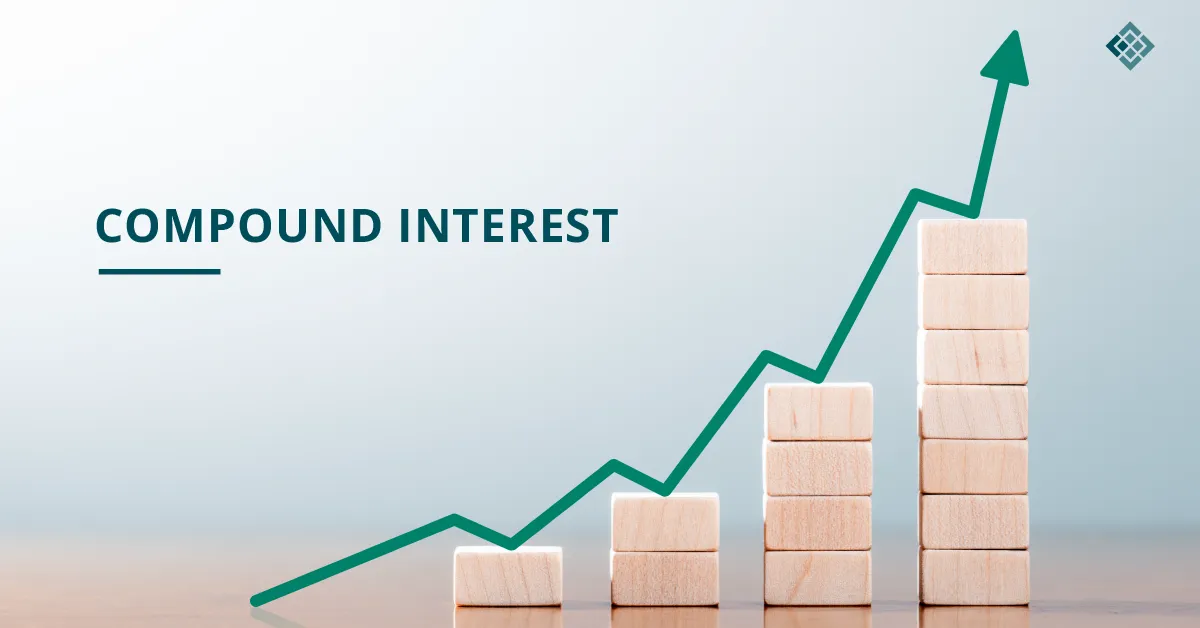Imagine a financial concept so powerful that Albert Einstein allegedly called it “the eighth wonder of the world,” declaring that “he who understands it, earns it; he who doesn’t, pays it.” This remarkable force is compound interest – a deceptively simple yet extraordinarily potent wealth-building tool that has the power to transform modest savings into substantial fortunes over time.
Unlike simple interest, which only calculates returns on your initial investment, compound interest works by earning returns on both your original principal and all previously accumulated interest. This creates a snowball effect where your money doesn’t just grow – it accelerates exponentially. Whether you’re a young professional just starting your financial journey or someone looking to optimize their investment strategy, understanding compound interest is crucial for achieving long-term financial success. The difference between grasping this concept and ignoring it can literally mean the difference between financial struggle and financial freedom.
What Makes Compound Interest So Powerful?
Compound interest represents the interest calculated on both the principal amount and the interest accumulated over previous periods. The magic lies in its exponential growth pattern – your earnings generate their own earnings, creating an ever-accelerating cycle of wealth accumulation.

The fundamental compound interest formula is: A = P(1 + r/n)^(nt), where A represents the final amount, P is the principal, r is the annual interest rate, n is the number of times interest compounds per year, and t is the time in years. This mathematical relationship demonstrates how small changes in any variable can dramatically impact your final returns.
Consider this compelling example: if you invest ₹1,00,000 at a 12% annual return, after 30 years your investment grows to ₹29,95,992, but after 40 years it skyrockets to ₹93,05,097. This dramatic difference illustrates why compound interest is often called the eighth wonder of the world.
The Time Factor: Your Greatest Ally
Time is the most critical component in maximizing compound interest benefits. The longer your money remains invested, the more pronounced the compounding effect becomes. This is because each compounding period adds to your corpus, and the more compounding periods you have, the more wealth you can accumulate.
Starting early provides an enormous advantage. A 25-year-old who invests ₹10,000 annually will accumulate significantly more wealth by retirement than someone who starts the same investment pattern at 35, even if the later starter contributes for more years. This demonstrates why financial advisors consistently emphasize beginning your investment journey as early as possible.
The frequency of compounding also matters significantly. Interest can compound annually, semi-annually, quarterly, monthly, or even daily. More frequent compounding periods result in higher returns, though the difference becomes less dramatic at higher frequencies.
Real-World Applications and Benefits
Compound interest extends far beyond traditional savings accounts. It applies to various investment vehicles, including mutual funds, stocks with dividend reinvestment, bonds, and retirement accounts. Understanding these applications helps you make informed decisions about where to allocate your resources.
One of the primary benefits of compound interest is accelerated savings growth. Your interest earnings get reinvested into the original principal, generating additional returns through a snowball effect that significantly outpaces simple interest accumulation.
Compound interest also serves as an inflation hedge. When your savings grow at rates exceeding inflation, you preserve and enhance your purchasing power over time. This protection becomes increasingly important for long-term financial planning, particularly retirement preparation.

Maximizing Your Compound Interest Strategy
To harness compound interest effectively, focus on these key strategies:
Start immediately – even small amounts benefit from compounding when given sufficient time. Delay costs you valuable compounding periods that can never be recovered.
Reinvest all earnings – whether dividends, interest, or capital gains- reinvesting these returns maximizes your compounding potential. This approach transforms your investment into a wealth-generating machine.
Choose appropriate investment vehicles – while savings accounts offer safety, higher-return investments like equity mutual funds or stocks typically provide superior long-term compounding opportunities, albeit with increased risk.
Maintain consistency – regular contributions, even modest ones, combined with compound interest, create substantial wealth over time. Automated investing helps maintain this discipline.
The Rule of 72 provides a quick way to estimate compound interest effects: divide 72 by your annual return rate to determine how long it takes your money to double. This simple calculation helps you understand the power of different return rates.
Compound interest truly deserves its reputation as the eighth wonder of the world. By understanding and applying this principle consistently over time, you can transform your financial future and build the wealth necessary to achieve your long-term goals.
